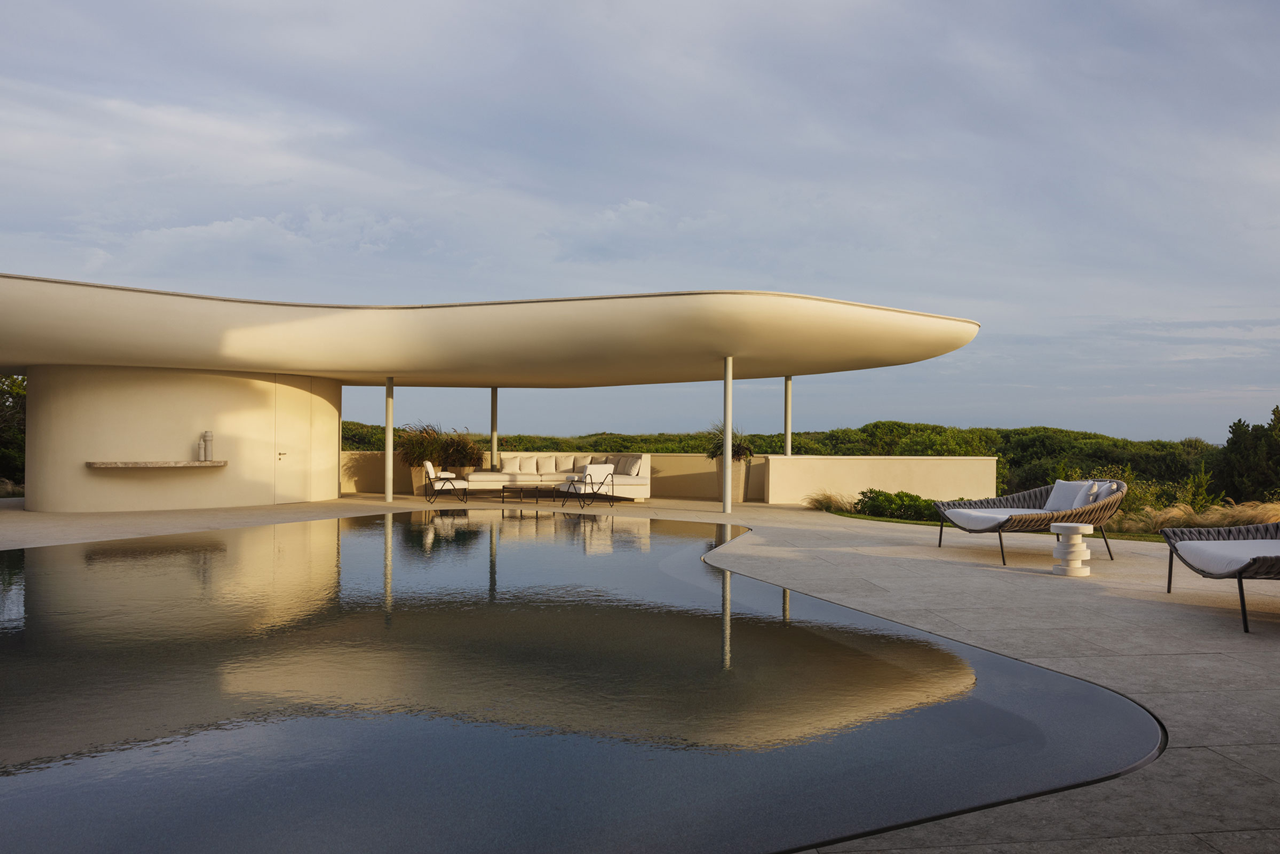High-performance building materials have gained significant attention in recent years for their ability to enhance sustainability, energy efficiency, durability, and occupant comfort. They are not just theoretical innovations but have been put into practice in various construction projects worldwide. In this article, we will explore several case studies that showcase the real-world application of high-performance building materials and their impact on construction.
1. The Edge, Amsterdam, Netherlands
The Edge in Amsterdam is often hailed as one of the most sustainable office buildings globally, earning the title of the greenest building in the world according to BREEAM (Building Research Establishment Environmental Assessment Method) www.csscladding.co.uk. This remarkable building features several high-performance materials and technologies:
- Triple-Glazed Windows: The Edge incorporates triple-glazed windows with integrated sunshades that automatically adjust to optimize natural daylight while minimizing glare and heat gain. These windows improve energy efficiency and occupant comfort.
- Rainwater Harvesting: Rainwater is collected and stored for use in toilets and irrigation, reducing water consumption.
- Advanced Insulation: The building’s insulation includes high-performance materials to minimize heat loss, contributing to energy savings.
- Solar Panels: Rooftop solar panels generate renewable energy, further reducing the building’s environmental footprint.
- Smart Lighting: An intelligent lighting system adjusts lighting levels based on occupancy and natural light conditions, reducing electricity consumption.
The Edge demonstrates how a combination of high-performance building materials and smart technologies can create an ultra-sustainable and energy-efficient workspace.
2. Pearl River Tower, Guangzhou, China
The Pearl River Tower in Guangzhou, China, is an architectural marvel known for its energy efficiency and sustainable design. Key features include:
- Double Skin Facade: The building’s outer glass skin acts as a solar chimney, drawing in outside air to provide natural ventilation and cooling. This innovative design reduces the need for traditional air conditioning.
- Photovoltaic Panels: The tower features integrated photovoltaic panels on its exterior, harnessing solar energy to generate electricity.
- Advanced Curtain Wall: High-performance curtain wall systems help maximize natural daylight while minimizing heat gain.
- Green Roof: The building includes a green roof that not only provides insulation but also reduces the urban heat island effect.
The Pearl River Tower showcases how high-performance building materials can be seamlessly integrated into the architectural design to create a sustainable and energy-efficient skyscraper.
3. Bullitt Center, Seattle, USA
The Bullitt Center in Seattle is often referred to as the “greenest commercial building in the world.” This innovative project incorporates various high-performance materials and sustainable features:
- Cross-Laminated Timber (CLT): The building’s structural system relies on CLT, a sustainable alternative to traditional concrete and steel. CLT reduces the carbon footprint of the construction.
- Rainwater Harvesting: Rainwater is collected and treated for use as potable water within the building, significantly reducing water consumption.
- Composting Toilets: The Bullitt Center features composting toilets that help divert waste from landfills and contribute to on-site nutrient recycling.
- Daylight Optimization: The design maximizes natural daylight penetration into the building, reducing the need for artificial lighting.
- Energy Efficiency: High-performance insulation and energy-efficient HVAC systems contribute to reduced energy consumption.
The Bullitt Center serves as a living laboratory for sustainable construction, showcasing how high-performance building materials and technologies can create ultra-green and innovative structures.
4. The Crystal, London, UK
The Crystal in London is a sustainable urban development by Siemens and showcases numerous high-performance building materials and technologies:
- Transparent Solar Panels: The building’s façade is equipped with transparent solar panels, allowing it to generate renewable energy while maintaining a transparent appearance.
- Rainwater Harvesting: Rainwater is collected and used for irrigation, reducing the demand for potable water.
- Geothermal Heating and Cooling: The Crystal utilizes a geothermal heat pump system to provide heating and cooling, improving energy efficiency.
- Smart Building Management: The building’s integrated management system optimizes energy use, lighting, and climate control based on real-time data.
The Crystal is a prime example of how high-performance materials can be combined with cutting-edge technologies to create a sustainable and visually striking structure.
5. Melbourne Convention and Exhibition Centre (MCEC), Melbourne, Australia
The Melbourne Convention and Exhibition Centre in Australia underwent a significant expansion and renovation, incorporating several high-performance materials and green features:
- Living Green Wall: The expansion includes a massive living green wall that improves indoor air quality and provides insulation.
- Rainwater Harvesting: Rainwater is harvested and used for toilet flushing and irrigation.
- Solar Power: Solar panels on the building’s roof generate renewable energy.
- Energy-Efficient Lighting: The MCEC utilizes LED lighting and motion sensors to optimize energy use.
- Advanced Glazing: High-performance glazing systems help control heat gain and loss while maximizing natural light.
The MCEC expansion illustrates how high-performance materials can be integrated into large-scale projects to enhance sustainability and energy efficiency.
Conclusion
These case studies highlight the tangible benefits of high-performance building materials and their impact on construction projects. From energy-efficient windows to sustainable structural systems, these materials are essential in creating environmentally responsible and efficient buildings.
As the construction industry continues to prioritize sustainability and innovation, we can expect more groundbreaking projects that push the boundaries of what’s possible with high-performance materials. These case studies serve as inspiring examples of how construction can be transformed to meet the challenges of the 21st century while delivering lasting value and sustainability.
